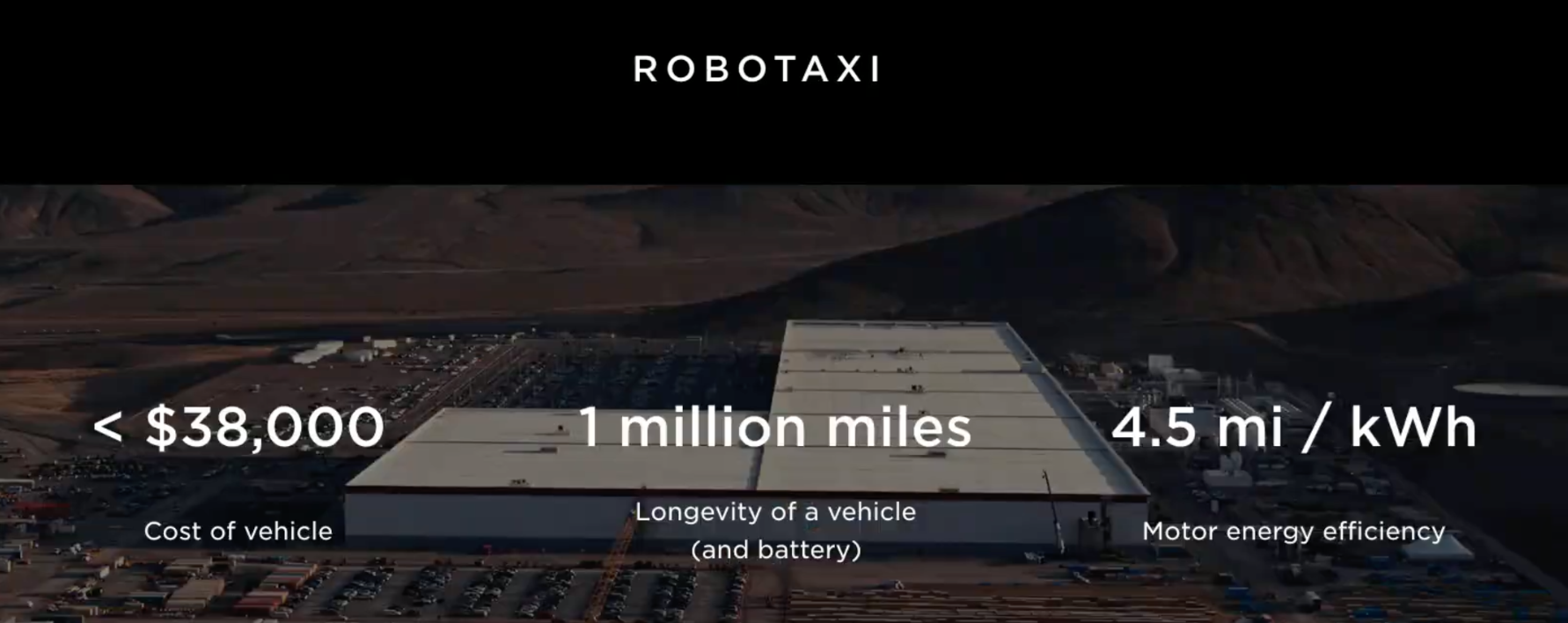First Atlantic Nickel Corp. [TSXV: FAN; OTCQB: FANCF; FSE: P21] reported assays and Davis Tube Recovery (DTR) metallurgical test results from drill hole AN-25-06, the first hole reported in the Phase 2 drill program at the RPM Zone, part of the district-scale Atlantic Nickel Project, Newfoundland.
Drill hole AN-25-06 is the deepest and the longest drilled to date at the RPM Zone. The hole returned a continuous interval of 447.35 metres averaging 1.27% nickel and 1.69% chromium in magnetic concentrate, with a mass pull of 9.02%. This corresponds to an average magnetically recoverable DTR nickel grade of 0.11% over the interval, with total nickel recovery averaging 51.84%.
Located approximately 200 metres east of drill hole AN-24-05, AN-25-06 was drilled on the same Section S2 line, representing a 400-metre step-out to the north from the initial RPM discovery drill hole AN-24-02. The drill hole intersected visibly disseminated awaruite throughout the entire drilled length, returning 0.22% total nickel and 0.31% total chromium in whole rock assays over 447.35 meters. Peak values included 0.17% DTR nickel and 0.27% total nickel, with nickel recovery reaching up to 81.4% using DTR magnetic separation.
The grades and DTR metallurgical test results from AN-25-06, the first reported hole of Phase 2, demonstrate uniform consistency with all Phase 1 drilling at the RPM Zone and successfully expand the mineralized zone eastward toward Chrome Pond. Phase 2 drill holes AN-25-08 and AN-25-09 are drill testing the continuation of awaruite mineralization a further 400 meters north of the Section S2 line (see Figure 2), together representing a north-south strike length at the RPM Zone totaling 800 meters.
Highlights: Longest Reported RPM Zone Drill Hole: AN-25-06, drilled 200 meters east of drill hole AN-24-05, intersected visibly disseminated awaruite throughout the entire 447.35-metre drill intersection, returning 0.22% total nickel and 0.31% total chromium over the complete interval.
High-Grade Magnetic Concentrate: DTR metallurgical testing of AN-25-06 returned 1.27% nickel and 1.69% chromium in magnetic concentrate over 447.35 metres with a 9.02% mass pull, yielding a DTR nickel grade of 0.11%, achieving a total nickel recovery of 51.84%.
Metallurgical Consistency Across RPM Zone: Including AN-25-06, the five completed holes at the RPM Zone average 1.38% nickel in magnetic concentrate with a mass pull of 9.08%, resulting in an average DTR nickel grade of 0.12%.
Chromium Co-Product Potential: Disseminated chromium mineralization occurs alongside awaruite nickel in all RPM Zone drill holes. DTR testing shows chromium can be recovered and separated magnetically, averaging 1.67% chromium in the magnetic concentrate. Petrographic studies are underway to identify the source mineral and assess potential processing for a chromium by-product concentrate.
District-Wide Exploration Identifies New Awaruite Zones: The district-wide exploration program has identified numerous new occurrences of visible awaruite in surface rock samples throughout the 30-km Pipestone Ophiolite Complex. These surface rock samples will be used to define larger zones with higher visual awaruite abundances and elevated surface DTR grades, providing additional drill targets beyond the RPM Zone.
Nickel grades and DTR metallurgical results from drill hole AN-25-06 are consistent with the first four holes completed during Phase 1 at the RPM Zone, which support the interpretation of a laterally continuous awaruite nickel mineralization system. Including hole AN-25-06, the first five holes at the RPM zone average 1.38% nickel in magnetic concentrate with a 9.08% mass pull, yielding an average DTR nickel grade of 0.12%. This exceptional consistency indicates a predictable metallurgical response across the RPM Zone and supports confidence in the uniformity of metallurgical performance as the mineralized footprint expands.
Phase 2 drilling continues at the RPM Zone, with multiple holes in process. The program is designed to expand mineralization beyond the 400-metre by 500-metre footprint established in Phase 1, with step-out drilling targeting extensions in all directions—north toward Pipestone Pond, east toward Chrome Pond, and west into the RPM fault zone.
The fully funded Phase 2 program benefits from significant infrastructure upgrades, including improved road access and expanded camp facilities. Enhanced equipment capabilities and refined geological interpretations have enabled deeper drilling and provided better insights into the geological setting. As a result, Phase 2 drilling is successfully expanding awaruite mineralization and achieving greater depths than those reached during Phase 1.
Awaruite, a naturally occurring sulfur-free nickel-iron alloy composed of Ni₃Fe or Ni₂Fe with approximately ~75% nickel content, offers a proven and environmentally safe solution to enhance the resilience and security of North America’s domestic critical minerals supply chain. Unlike conventional nickel sources, awaruite can be processed into high-grade concentrates exceeding 60% nickel content through magnetic processing and simple floatation without the need for smelting, roasting, or high-pressure acid leaching.




